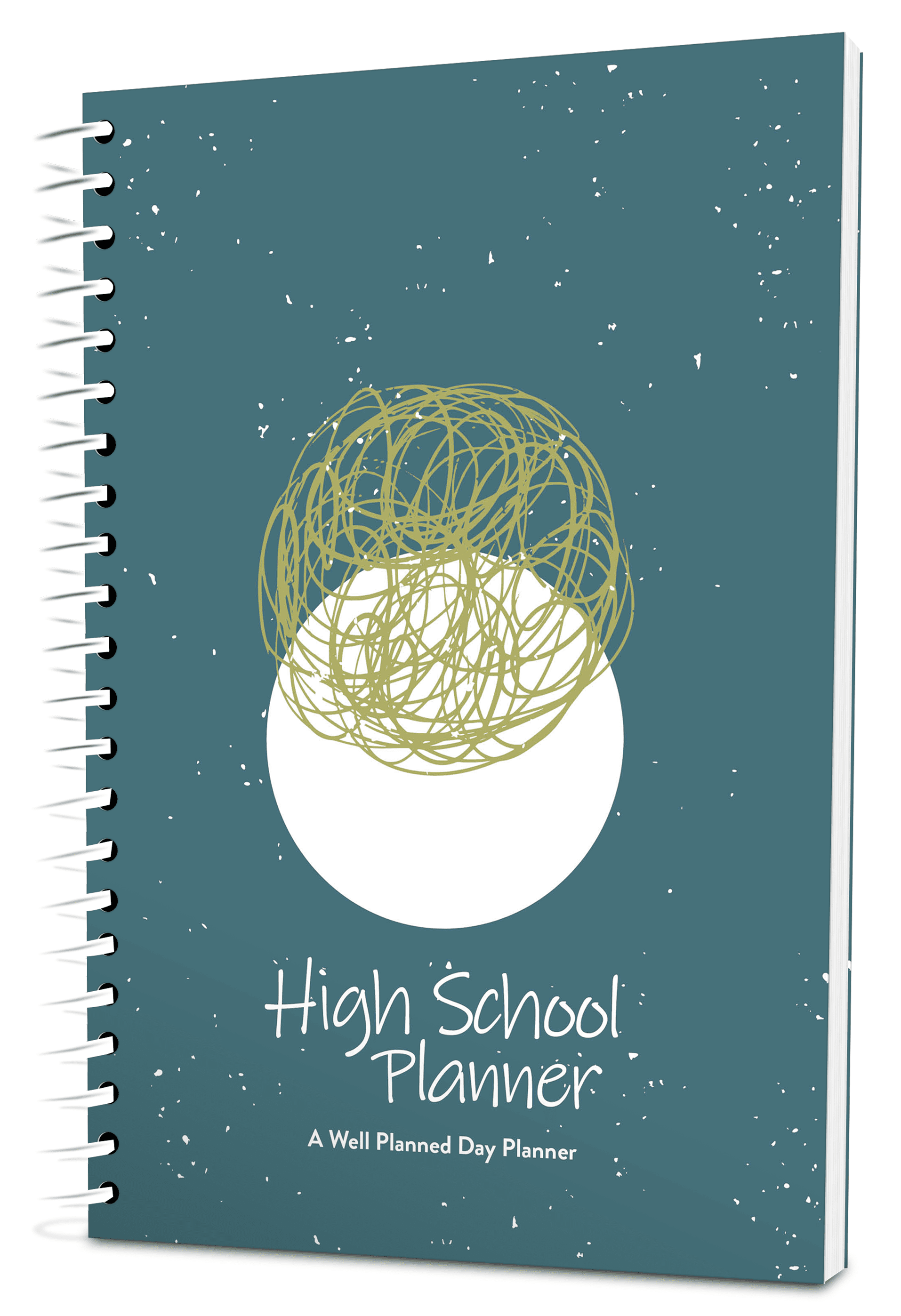If you spend much time in homeshool circles, you will hear talk of things like mutli-level curriculum, circle time, and morning basket time. These all bring families together to enjoy learning together. Some do it to knit close family bonds, and others do it to save time. These are definite advantages. But combining subjects has definite limitations, too.
Multi-Level Teaching Limitations
Here are the few of the limitations that can accompany a full focus on multi-level teaching, and some tips for overcoming those limitations.
Comprehension Level
Combining can cause confusion due to varied grade and reading levels. Try to choose materials no more than one learning stage above or below your students.
Learning Style
One student may beg for more together time; another may groan at the thought. Tell them everyone must get used to learning in groups and alone; then keep it balanced.
Attention Spans
Attentions spans vary from child to child. Allow your more wiggly students to work or play quietly while listening. Only demand close attention in subjects required for that particular student.
Time
It’s easy to focus all time and energy on the combined subjects. Be sure to find balance and not devote too much time to either combined or individual subjects.
Interests
Varied interests can also cause limitations. If your students have a wide range of interests, only combine topics you deem a requirement for all students.
Pros & Cons
In addition to the limitations of combining ages, there are also some individual pros and cons to consider as you determine whether or not you should combine teaching for your children.
Bringing an older student down
Pros:
When you teach multiple ages together, the older student gets a mental holiday amidst the taxing workload of an upper classman. He or she also receives a refresher course in material already covered, just in case there is a gap you do not know about.
Cons:
One word: boredom. Your older student might see going over the same material again with siblings as a waste of time. If your student understands the material, release him or her to tackle a more pressing assignment like a research paper.
Bringing a younger student up
Pros:
When a younger student is challenged to keep up with an older sibling, it stretches his or her mental abilities. Even if the student does not fully understand a topic, it gives him or her something to look forward to studying in a later year. Bonus: Mom and Dad become amazed at how much a youngster can comprehend above their age-defined grade level.
Cons:
Younger students might get frustrated when they do not understand the same things older siblings do. They might also lose interest and become disruptive, hurting their ability and desire to learn the concepts when they are of a better age for understanding.
When to Not Combine
In addition to understanding how to overcome limitations and weighing the pros and cons of combining, it is critical to know when to avoid combining altogether.
Never combine math and language arts unless you homeschool twins or have a student significantly ahead or behind. Math and language arts are lynch pins to a good education. Gaps in other subjects can be filled in quickly by good readers, good writers, and good calculators. But gaps will be created in all areas if you do not pay close attention to your child’s progress in math and language arts. This means reinforcing information in weak areas and challenging growth in strong ones.
For all other subjects, if you choose to use the same materials for all your students, pick resources flexible and varied enough to adapt for sufficient challenge at all levels. Also consider separating subjects when the content may be a little too mature – such as human reproduction or more than just surface discussions of historical events like the Holocaust.
Finding Enough Time to Teach Separately
Admittedly, individualized learning is more time consuming than multi-level teaching. So, how do you fit it all in?
First, decide how much time you can or should devote to school each day. Check your state laws to be sure you are in compliance. Then divide the number of hours by the number of children you have plus your combined time. For example, if you have four students and combine subjects, divide the number of hours by 5. This leaves one block of time for combined subjects and one block of time for one-on-one instruction with each child. If you have a long commute for an extracurricular activity or co-op, find your read-alouds on audio book to save even more time.
Although there is much to be said for individualized learning, there are also solid benefits to combining multiple ages. So, whether you combine Bible, history, science, art, and music or just enjoy a read-aloud classic, spend some time experimenting to see what works best for your family. Both you and your students will enjoy the change of pace, and memories will be made as you learn when to combine and when to individualize.













